7 Ultra Violet Foods to Give Your Plate an Ultra-Healthy Pop
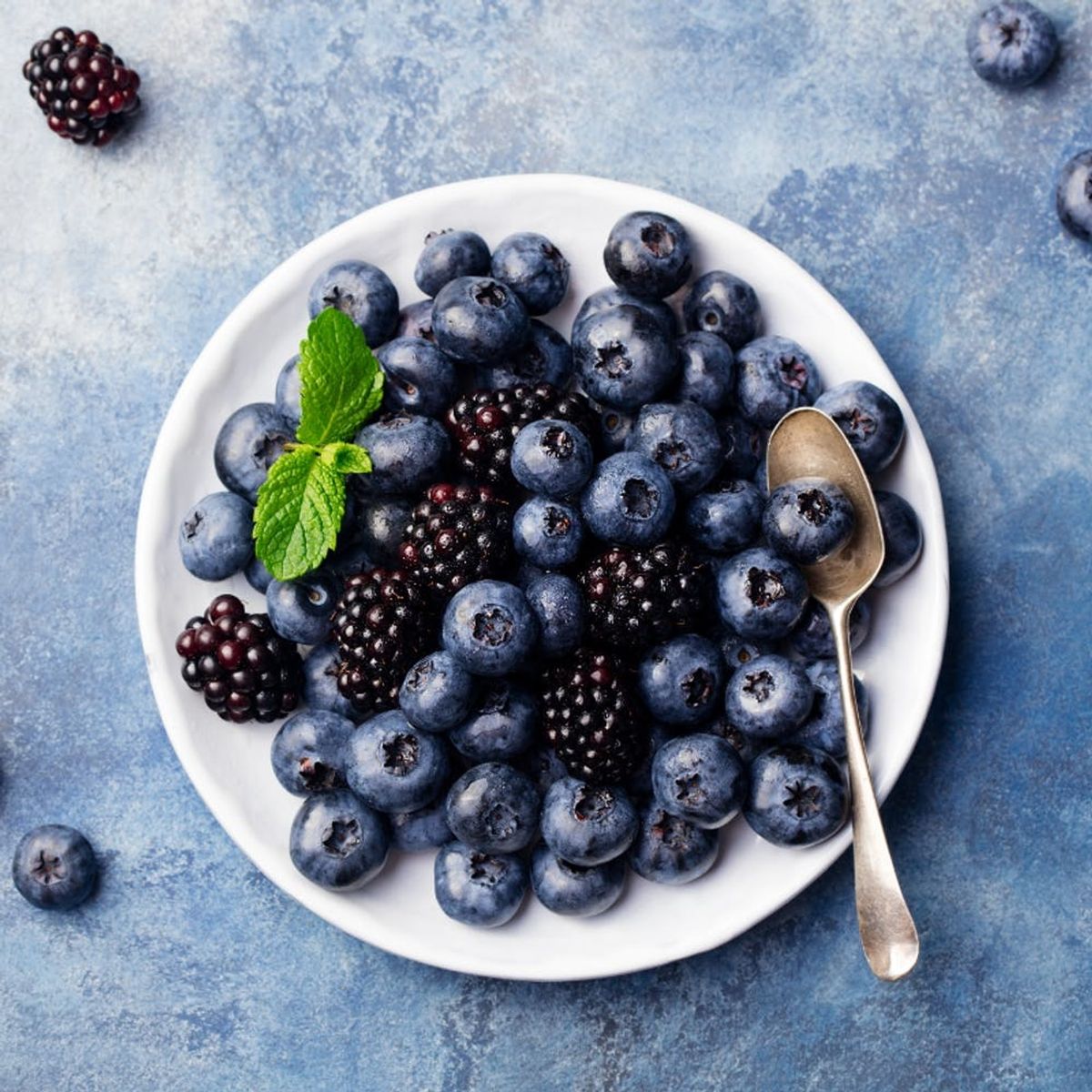
The predictions were on point: Ultra Violet, the official color of the year, has been the name of the game so far in 2018. From Pantone-worthy getaways and wallpaper trends to delectable desserts you’ll love to indulge in (and ‘gram) with your BFFs, it’s impossible to ignore this royal purple hue. Turns out incorporating it into your diet can help you be healthier too; Dr. Christopher Calapai, a New York City board-certified osteopathic physician, gives us the lowdown on how including purple foods on your plate can help you eat more nutritiously. Add these seven finds to your shopping cart before heading home to whip up an ultra-healthy, ultra-violet meal.
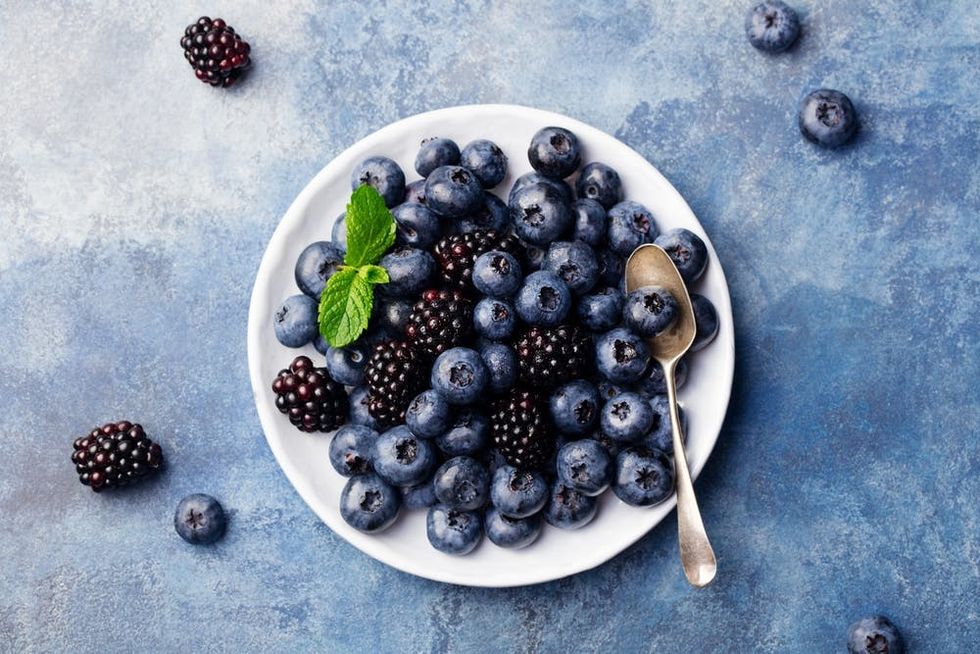
1. Blackberries: “Blackberries are loaded with vitamin C, as well as A, E, K, & B vitamins and antioxidants lutein and zeaxanthin, which sifts free radicals and reactive oxygen species,” Dr. Calapai tells us. “Colorful fruits like blackberries (including other red, blue, and purple berries) have antioxidant properties that can also lower the risk of heart disease, stroke, cancer, and memory issues.”
2. Blueberries: This popular berry packs a powerful punch! “Blueberries are a top superfood of the fruit world, containing iron, phosphorus, calcium, magnesium, manganese, zinc, and vitamin K, which help maintain bone health,” explains Dr. Calapai. If you’re not in the mood to snack on straight-up berries, try incorporating them into the things you already reach for — even treats. Get creative in the kitchen by sprinkling a handful on top of yogurt or ice cream, making them an addition to your favorite salad, or even baking ’em into scones or a pie.
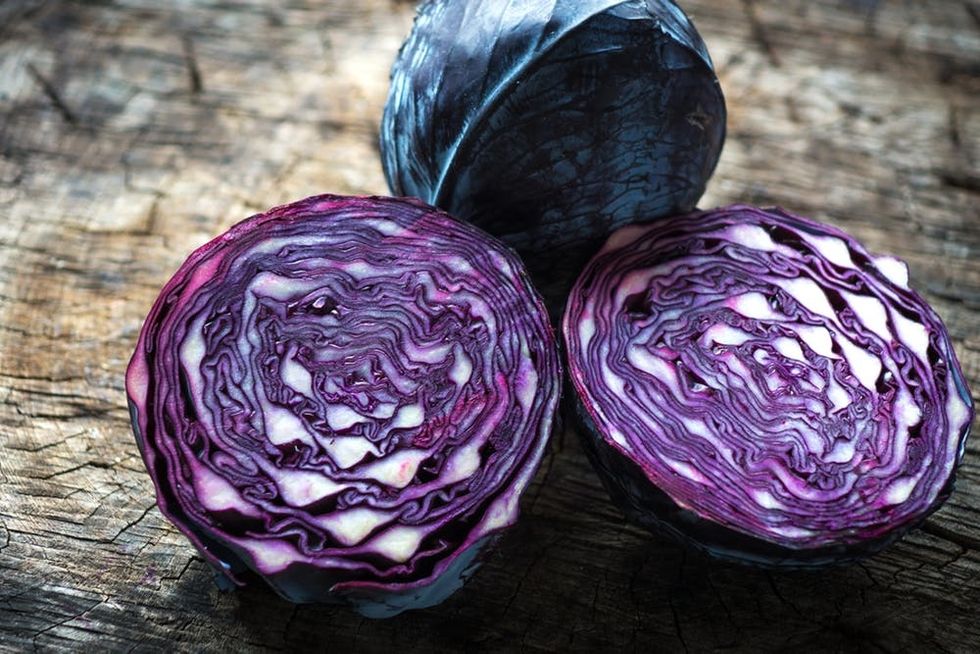
3. Red Cabbage: “Red cabbage contains disease-fighting properties known as polyphenols, which offer antioxidant, anti-inflammatory, and anti-cancer benefits,” Dr. Calapai notes. “It’s also an awesome source of dietary fiber and a rich source of several vitamins.” Challenge yourself to incorporate cabbage into Taco Tuesday, or branch out by using it inside a veggie burrito.
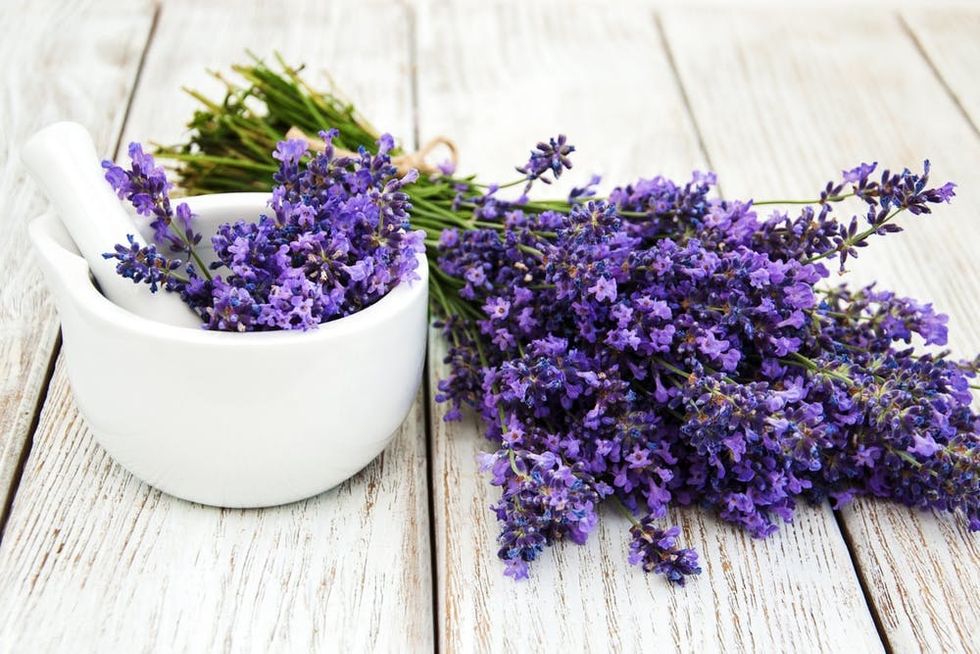
4. Lavender: Don’t worry — you don’t need to eat this one (though you can) so much as find a way to incorporate it into your wellness routine. “Lavender oil (created from the lavender herb) has been proven to assist with getting rid of bloating and calming itching,” Dr. Calapai shares. To channel the plant’s purple powers, dab a few dots of the oil in your cupped palms, or try using essential oil with a diffuser. Affordable options include the mEssentials Oil Blends Set ($18) and the Sinma wood diffuser ($16).

5. Plums: “Plums are rich in fiber and help to ease digestion, as well as being a great source of vitamin A,” Dr. Calapai tells us. “When possible, always opt to buy organic fruits and vegetables that are free of preservatives and chemicals. Most researchers agree we should have seven to eight servings of healthy fruits and veggies each day.” Prime plum season runs May through October, so be prepared to reach for heaps of these.
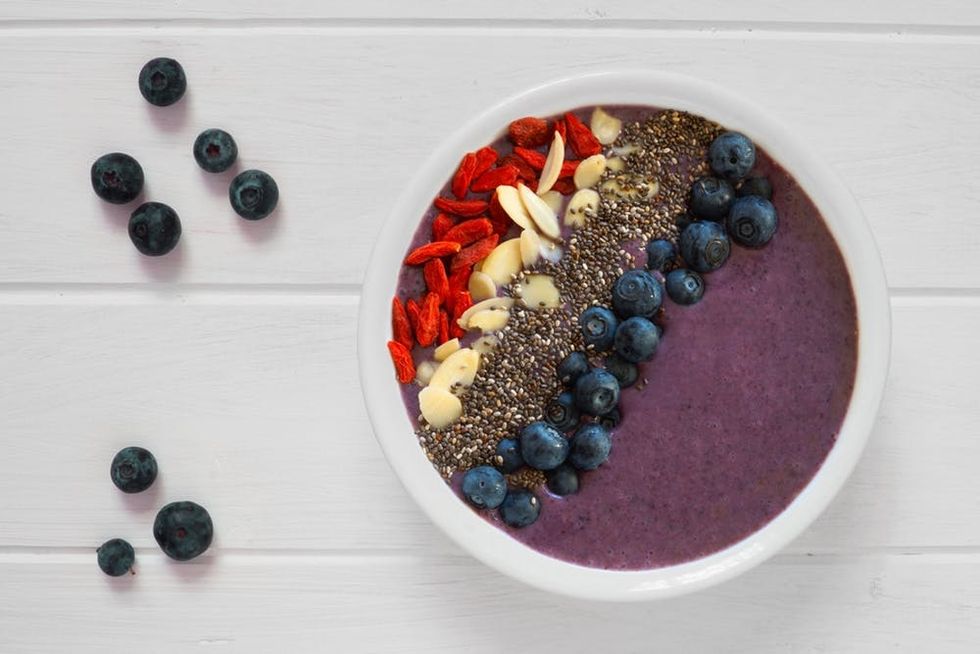
6. Açaí: “Açaí berries are loaded with antioxidants, as well as being rich in fiber, protein, carbohydrates, vitamins A, B, C, and E, and mineral salts (calcium, iron, phosphorus, and potassium) among others.” Get your fix with an açaí smoothie, hearty breakfast bowl, or berry-based dessert. Yum!
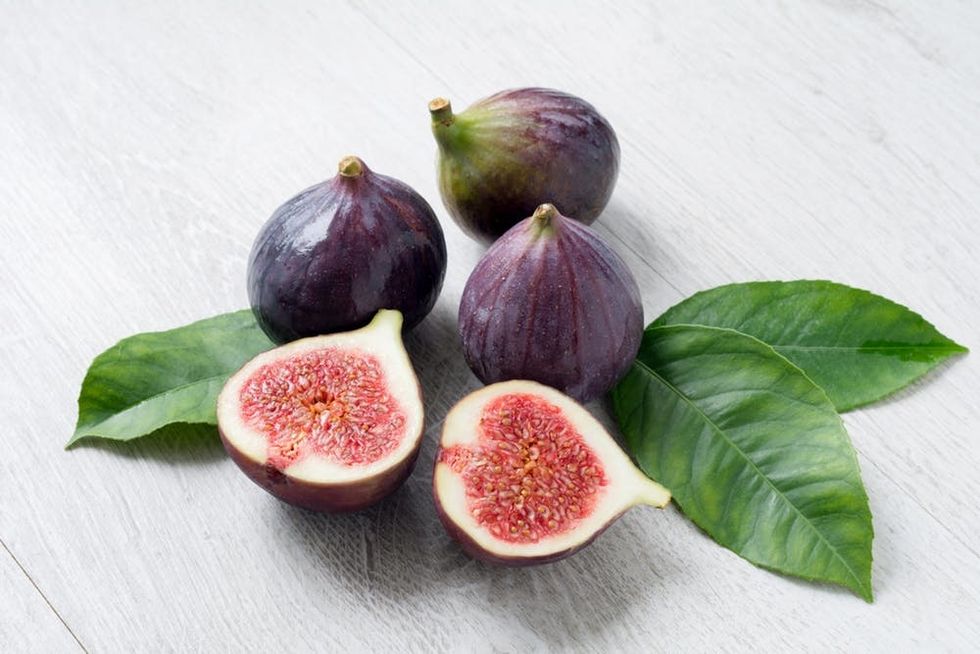
7. Figs: “Figs are rich in natural health-benefiting phytonutrients, antioxidants, and vitamins,” Dr. Calapai reminds us. He also tells us that dried figs are a great concentrated source of minerals and vitamins, so go ahead and stock right up.
How will you incorporate these healthy foods into your life? Tell us on Twitter @BritandCo or show us your plate on Instagram!
Brit + Co may at times use affiliate links to promote products sold by others, but always offers genuine editorial recommendations.
(Photos via Getty)

















